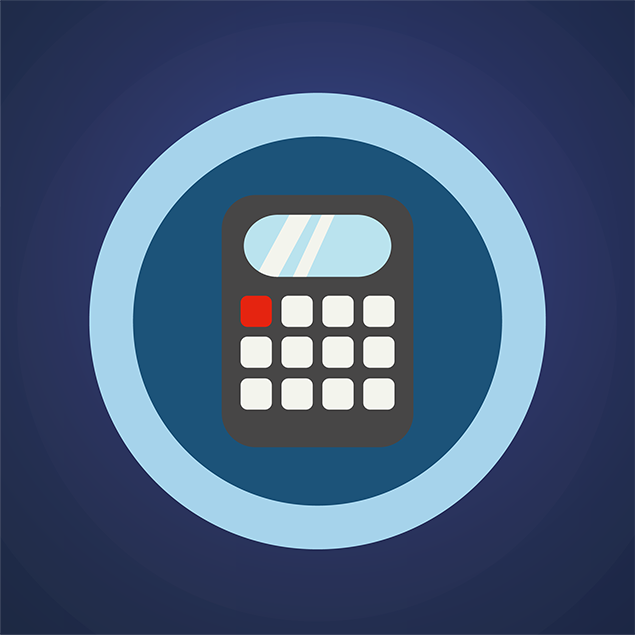Program Cost Analysis


Program cost analysis is an approach to estimate the costs of implementing a program or intervention. For example, in one analysis, school–based dental sealant programs have been estimated to cost on average $76 per child receiving sealants.
Economic analyses use economic costs rather than financial costs alone to determine the value of resources used. For example, the financial cost of volunteer time may be zero. But if a program relies on volunteers, their time must be valued to more completely capture the economic costs of the program.
Financial costs are actual monetary expenditures for resources, such as staff salaries, facility rent, and medical supplies.
Economic costs include financial costs plus the value of resources that are not paid for (but must be monetized), such as volunteer time, caregiver time, and donated space and equipment.
What inputs are included?
A program cost analysis includes the monetary value of all resources (people, places, things) used for the program or intervention. These include:
- Direct costs are costs of resources used to design and implement an intervention, such as personnel time, facility rent, supplies, and medications. These may be split into medical and non-medical costs.
- Productivity losses are impacts of patient or caregiver participation in an intervention, such as work time lost or leisure time lost due to participation in the intervention. These costs are generally more complicated to measure than direct costs.
- Intangible costs are non-financial costs, such as pain and suffering, which impose a major burden on individuals. These are the hardest costs to measure and are included less frequently than direct and productivity costs.
What output does a program cost analysis provide?
Program cost analysis provides the total cost of a program or intervention.
Program Cost Analysis Example
The following example shows a program cost analysis of a routine childhood vaccination program for children born in 2009.
Routine Childhood Vaccinations
Direct costs
Vaccine costs, cost of clinic
visit to administer vaccine
Productivity losses
Cost of Caregiver
time off work
Intangible costs
Not applicable
As you can see, the inputs include direct costs and productivity losses, but not intangible costs. The output from the analysis is a $7.5 billion estimated total program cost of vaccinating 4.3 million children born in 2009.
For additional information, please see the example as used in the CDC Introduction to Economic Evaluation in Public Health online training, as well as the original study.
How can decision makers use this information?
Because resources are limited, program cost analysis can be useful in understanding the costs of implementing different programs under consideration. It also provides information useful for budgeting and performance monitoring.
Resources
CDC Introduction to Economic Evaluation
Course providing a broad overview of economic evaluation methods with illustrative examples from public health